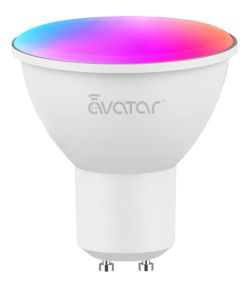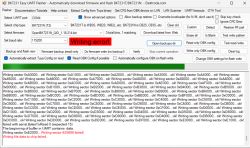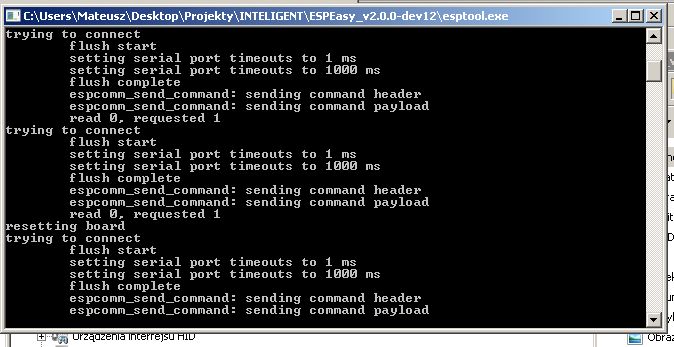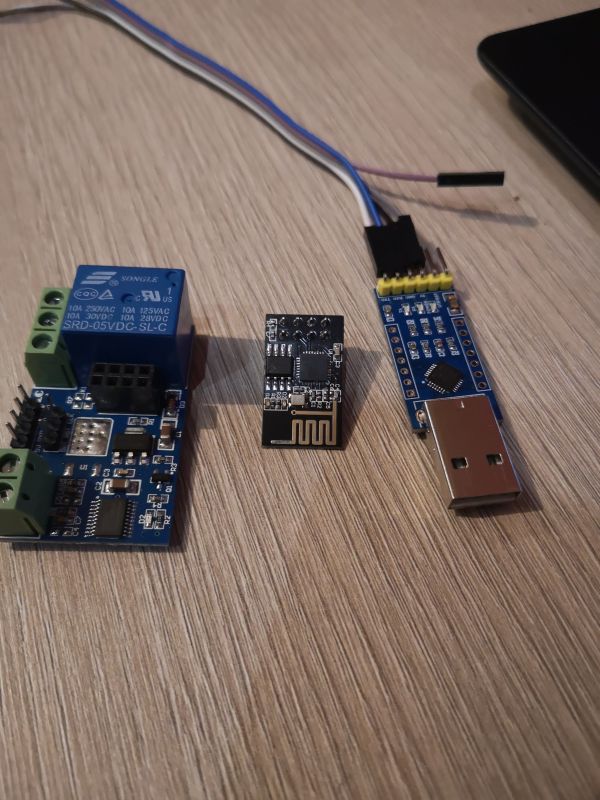Hello!!!
I have a lot of respect for the people writing on this forum. I have searched and not found what I want to do.
I would like to help someone one day to start playing with domoticz. I have started building a house and would like to base some of the electrics on electronics. Used to on a raspberry pi now playing around on Windows.
1. i install domoticz on Windows but i don't know how to change this IP which is 127.0.0.1:8080
To a local IP that I can access from any other device.
I would like to make a tutorial of such things and post on the forum. Greetings. Next step is ESP and relay .
.
I have a lot of respect for the people writing on this forum. I have searched and not found what I want to do.
I would like to help someone one day to start playing with domoticz. I have started building a house and would like to base some of the electrics on electronics. Used to on a raspberry pi now playing around on Windows.
1. i install domoticz on Windows but i don't know how to change this IP which is 127.0.0.1:8080
To a local IP that I can access from any other device.
I would like to make a tutorial of such things and post on the forum. Greetings. Next step is ESP and relay







